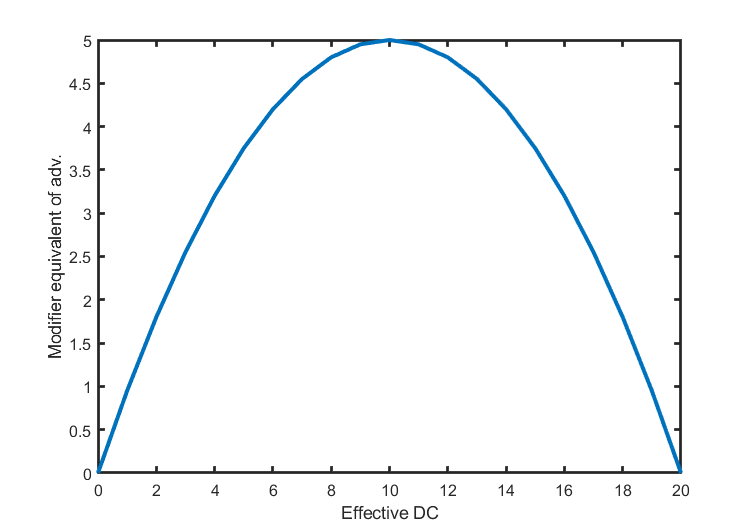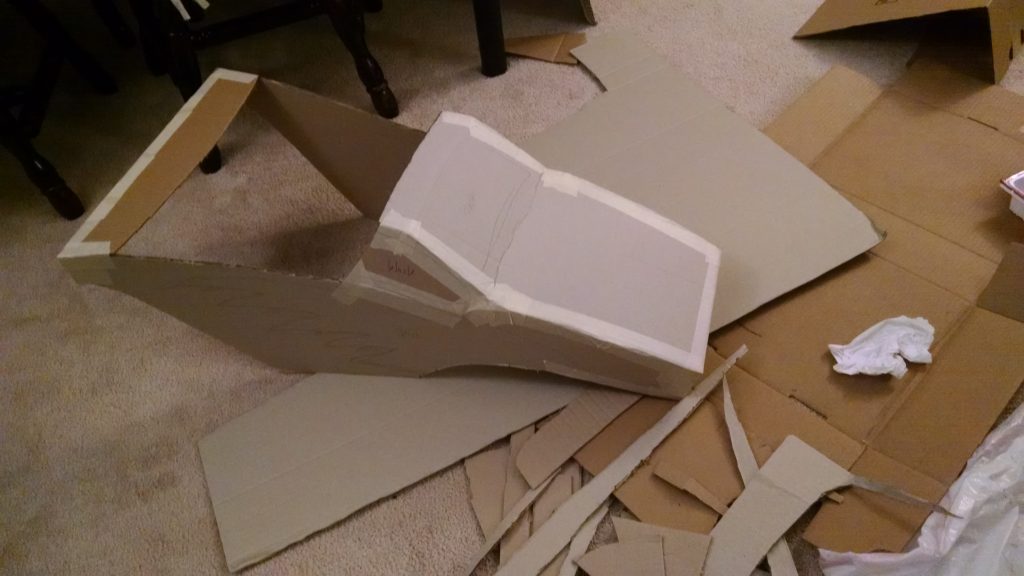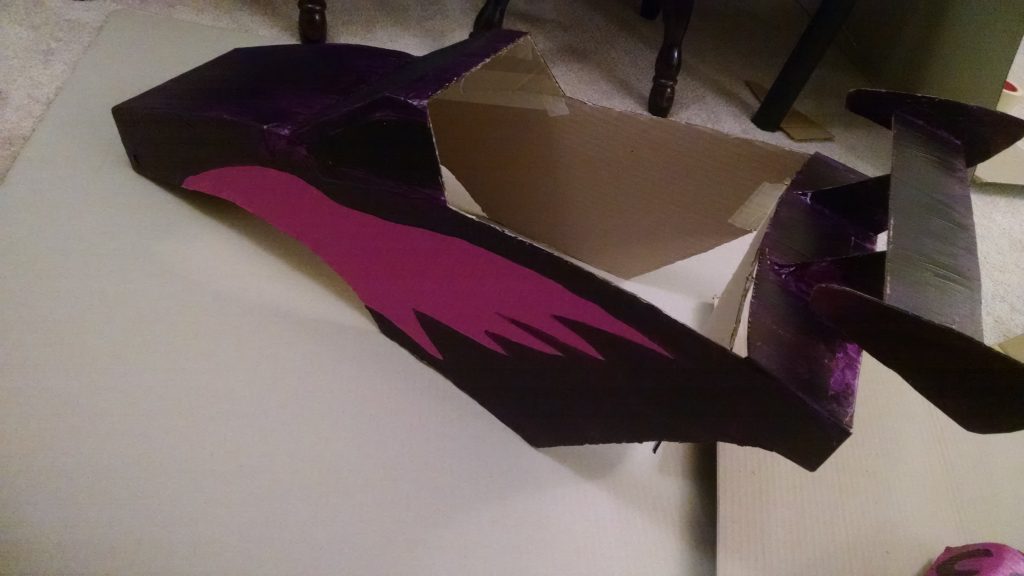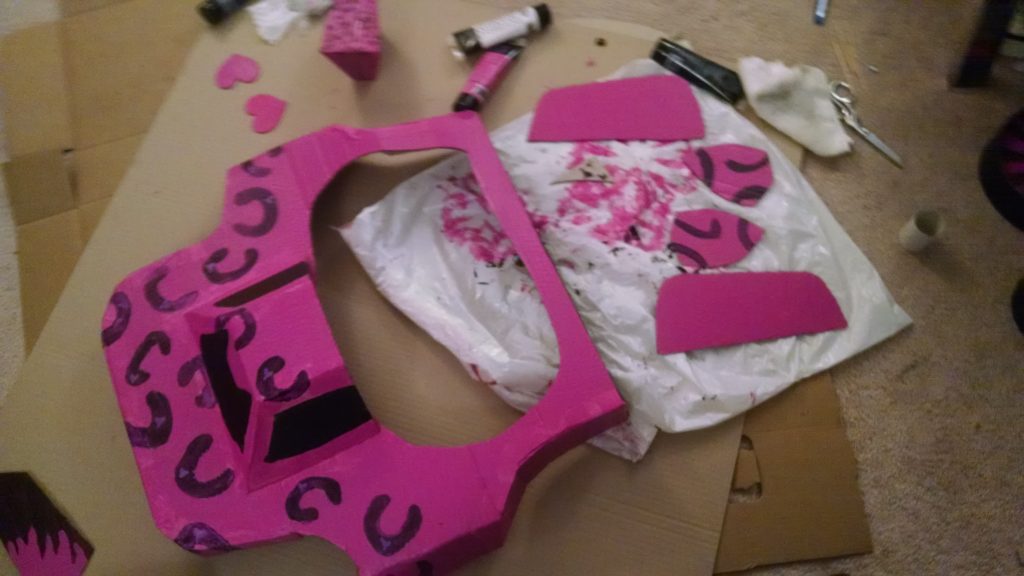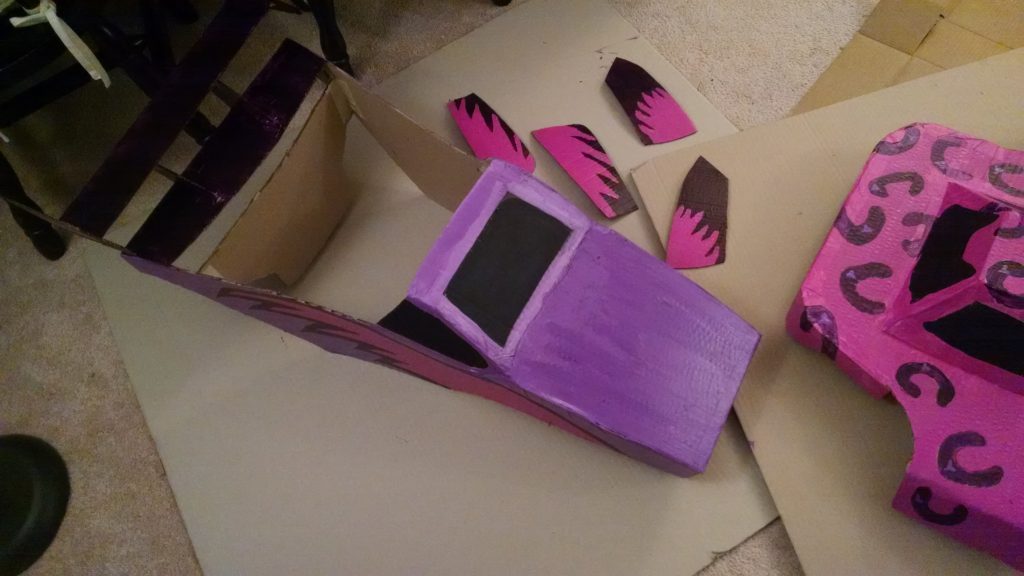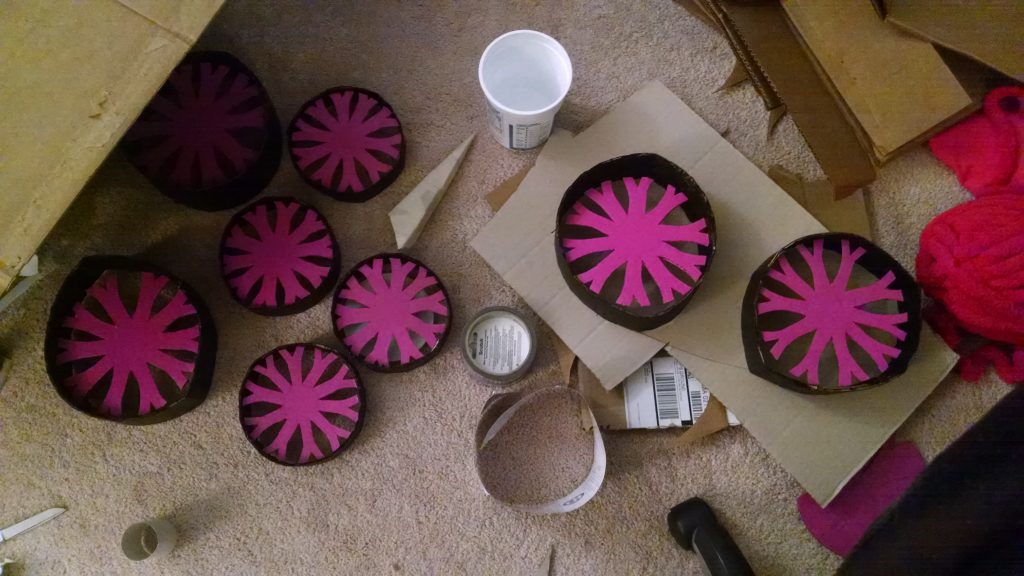In my last post on D&D, I wrote about differences in the probabilities of the success of ability checks using modifiers (an old system) compared to advantage/disadvantage (a newer system). That was a pretty innocuous topic, since it was just applying math to different ways of interpreting dice rolls. In this post, I wanted to explore a potentially more controversial topic: the probabilities of opposed checks. This is potentially controversial because it gets a bit into the question of whether certain aspects of D&D are “realistic enough”, which some people might argue is an important question, since the universe of D&D is governed by many of the same physics as our own universe, while other people might argue the opposite because D&D is fundamentally a fantasy game. In any case, I’m still interested in the math, so hopefully my results don’t make any D&D players with strong opinions upset.
With a normal ability check, you roll a 20 sided die (“d20” for short) add modifiers, and compare the result to a fixed number. (If you have advantage or disadvantage on the check, you roll 2 d20s instead and take the higher or lower number, respectively.) For example, an easy task might require that your roll plus modifiers be 10 or higher, while a very difficult task might require that your roll plus modifiers be greater than 25.
In an opposed check, two characters are pitted against each other, so instead of needing your roll to beat a fixed number, the winner of an opposed check is whoever rolls highest after modifiers have been applied. A common example of an opposed check is when one character attempts to grapple another character: the two players involved make an opposed athletics check, and if the instigator rolls higher, they have successfully grappled the other character.
We can represent the probability of different outcomes visually. Each player rolls a d20, which means that there are 20*20 = 400 possible outcomes, which we can lay out in a grid. In the simple case where both players have the same modifier for the check, if they roll the same number the result is a tie (grey squares in the chart below), if player 1 rolls higher they win (blue squares in the chart below), and if player 2 rolls higher they win (red squares in the chart below).
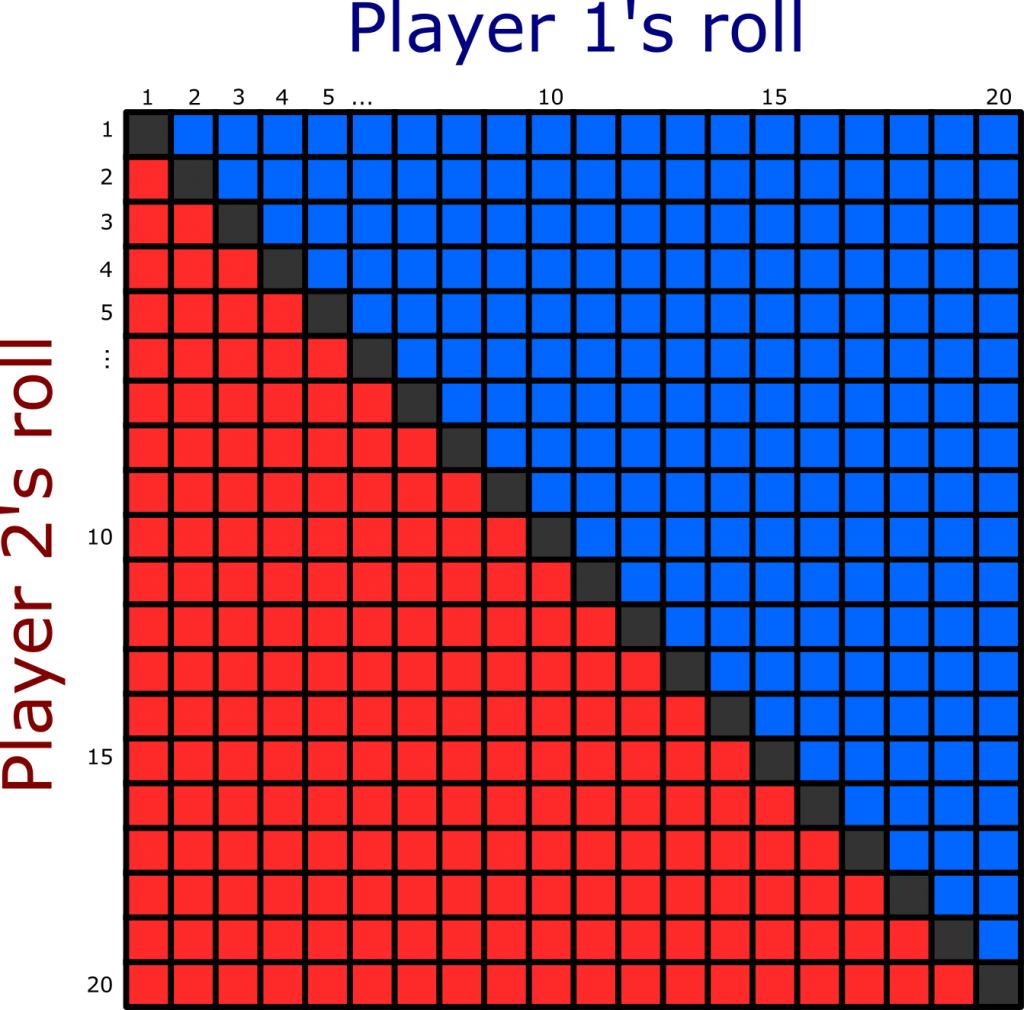
The relative area of each color tells us the probability of that outcome. For simplicity, we’ll treat the grey squares as being half red and half blue (depending on the exact situation/house rules being used, a tie could lead to either player “winning” the opposed check). For the situation above, the area is then half red and half blue, matching our expectations that evenly matched characters should have a 50% chance of winning.
However, for mismatched characters, the probabilities might not be quite what you’d expect. A warrior with a high starting strength score (i.e., not boosted by magical spells or special items) who is proficient at grappling might have a modifier of +6 on their check. They could attempt to grapple a wizard with unremarkable strength who is not trained at grappling, corresponding to a +0 modifier on their check. In this case, (with player 1 being the warrior) the line dividing the areas will move down by 6 places, since the warrior’s modifier is +6 compared to the wizard.
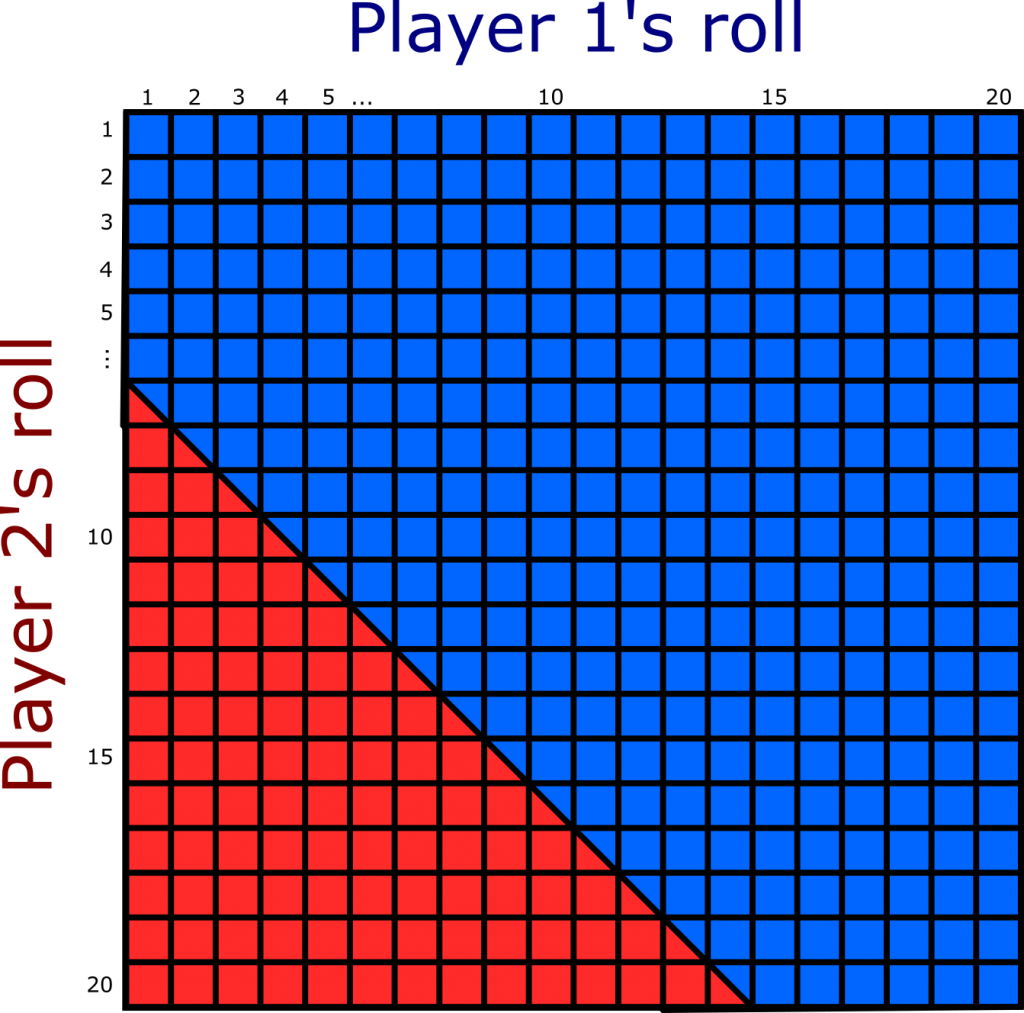
The total area of the chart is 20*20 = 400, while the area of the wizard’s triangle is now 1/2*14*14 = 98. That means that even though the warrior is built entirely around being strong (and good at grappling), and the wizard has no specialization in grappling, the wizard will still be successful 98/400 times – a roughly 25% chance of winning the opposed check.
We can remedy this a bit if the warrior has advantage, but the wizard still might have a better chance than you expect. In this case, the warrior gets to roll twice and choose the higher roll, so there are three d20s being rolled in total, for 20*20*20 = 8000 possible outcomes. We can represent the new chart as a cube, with each edge corresponding to one of the d20 rolls. For the wizard to succeed, they’ll need to roll higher than both of the warriors rolls (after accounting for the modifier), so there’s just one corner of the cube of possibilities that corresponds to their success:

The volume of the wizard’s corner of the cube is 1/3*14*(1/2*14*14) = 457, so the ratio of that corner to the total cube volume corresponds to 457/8000, or a roughly 6% chance of success. This probably matches our expectations of reality much better, but it’s still a decent chance for the wizard to succeed – better than some lopsided boxing odds, for example, even though in that case both fighters will still be professionals.
For many D&D players, this analysis is completely worthless, because a lot of the entertainment of D&D comes from the high variance and wacky, unexpected situations. But it does tell us something useful for players who enjoy a game that’s more grounded in reality. For situations that shouldn’t depend much on variance, you might not want to call for a die roll at all (e.g., in an arm wrestling match, a character with 2+ strength more than the other character could win automatically, unless the weaker character cheats). And even in situations that do have some variance, you may want to grant the character with the higher modifier advantage more readily than normal, so that the associated probabilities match something closer to what we’d expect.
